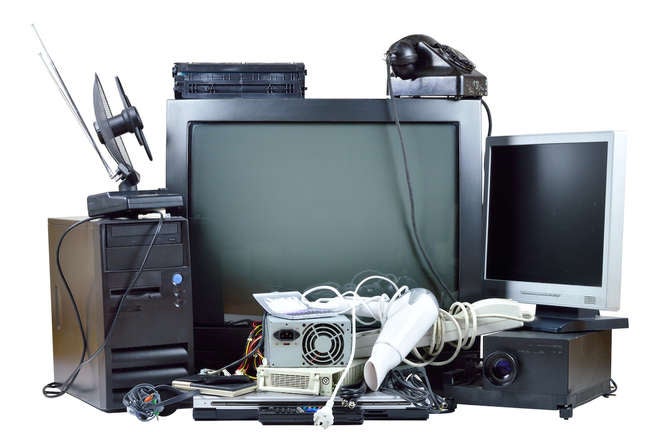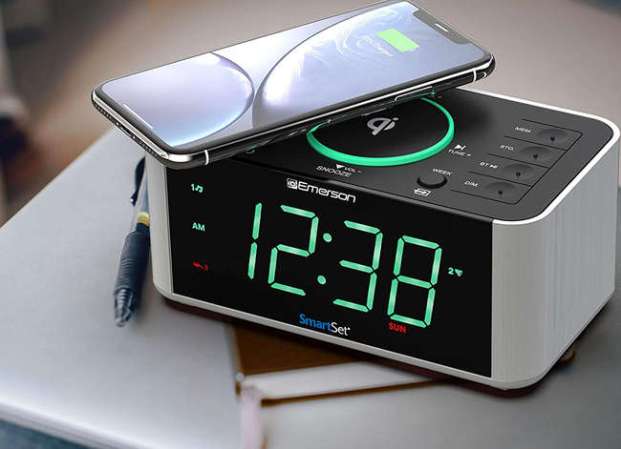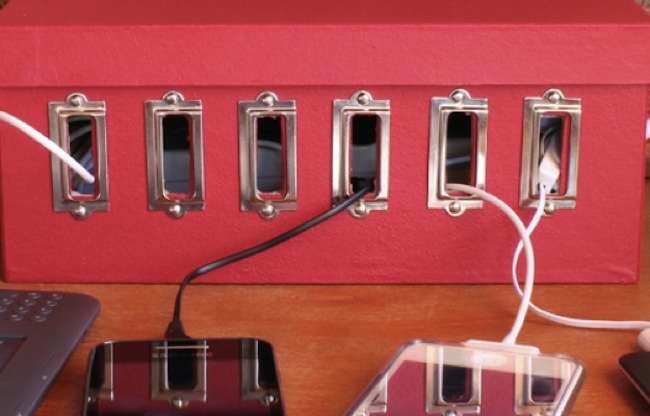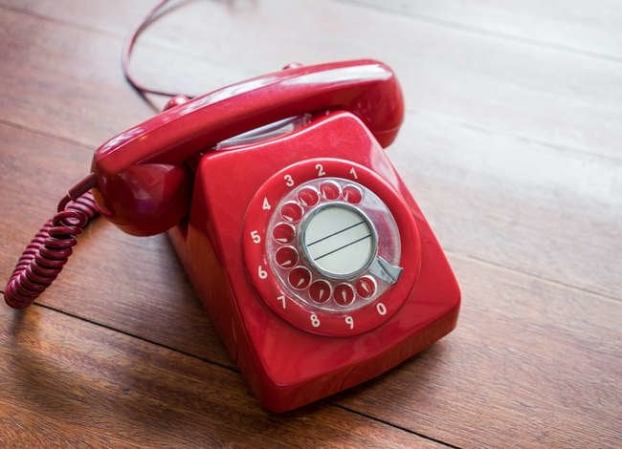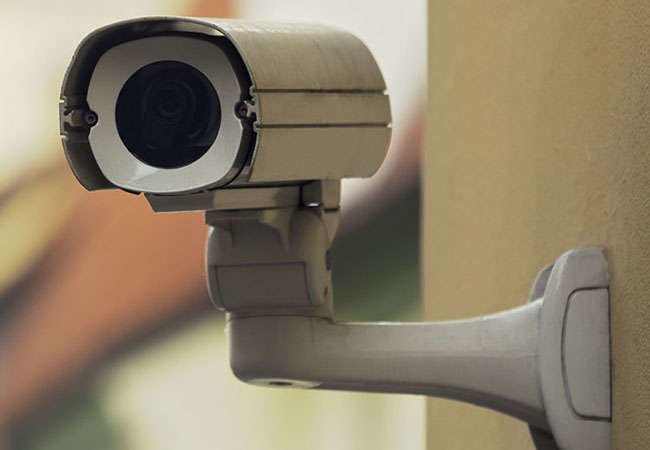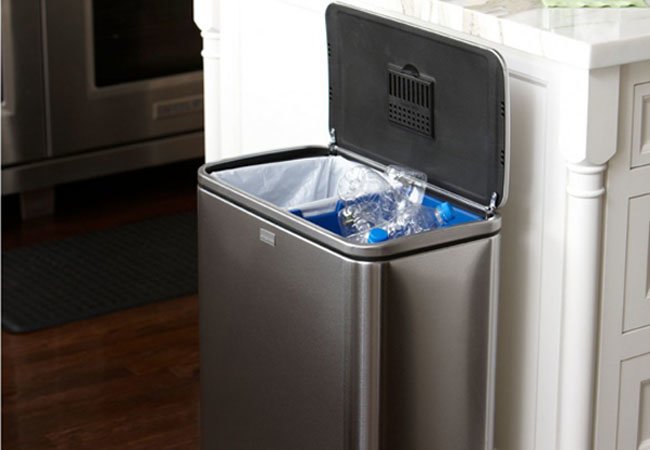We may earn revenue from the products available on this page and participate in affiliate programs. Learn More ›
The Technological Graveyard
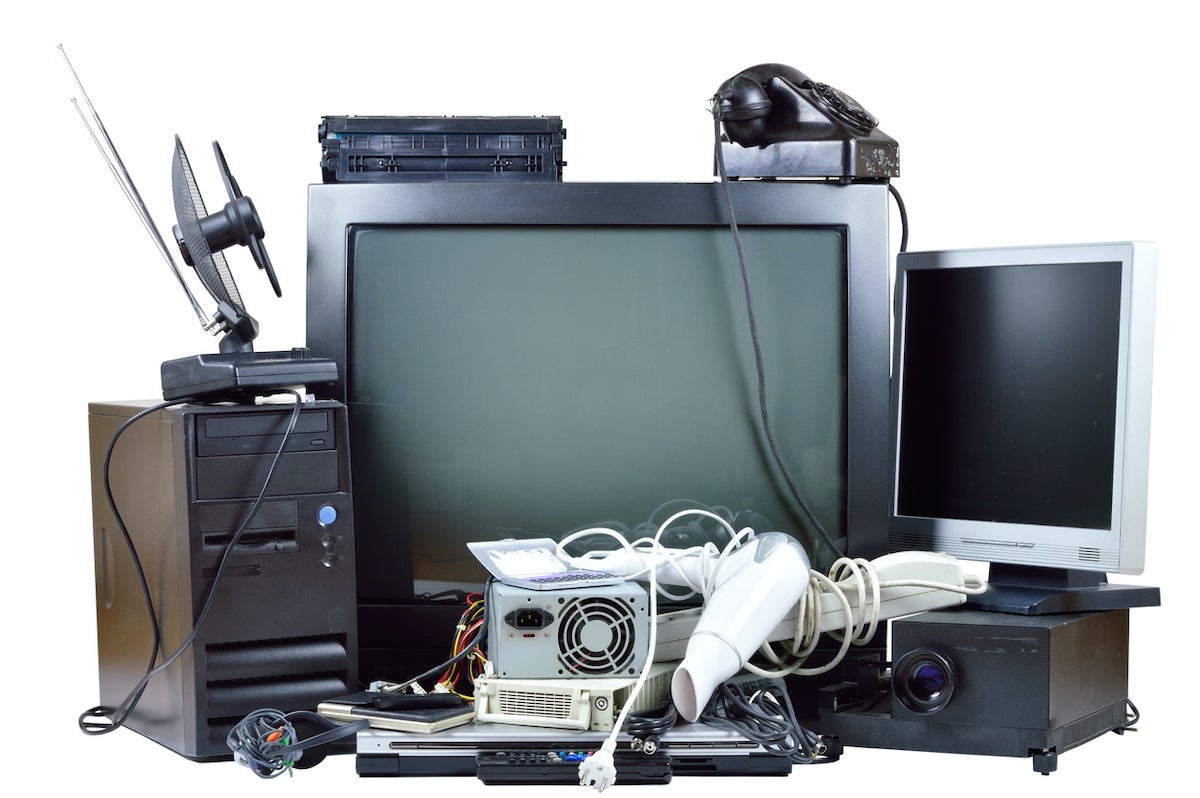
The history of technology is fascinating. Whenever we think we have the sleekest, most efficient device, something better comes out. Some devices from the past enjoyed years of incredible success that paved the way for future ideas. Then, there are the fads that saw near immediate bursts in revenue, only to fail in favor of more well-known brand names, or perhaps better concepts altogether. We’ve rounded up a list of some of the most short-lived home tech fads. Did you try any of them out?
Beeper
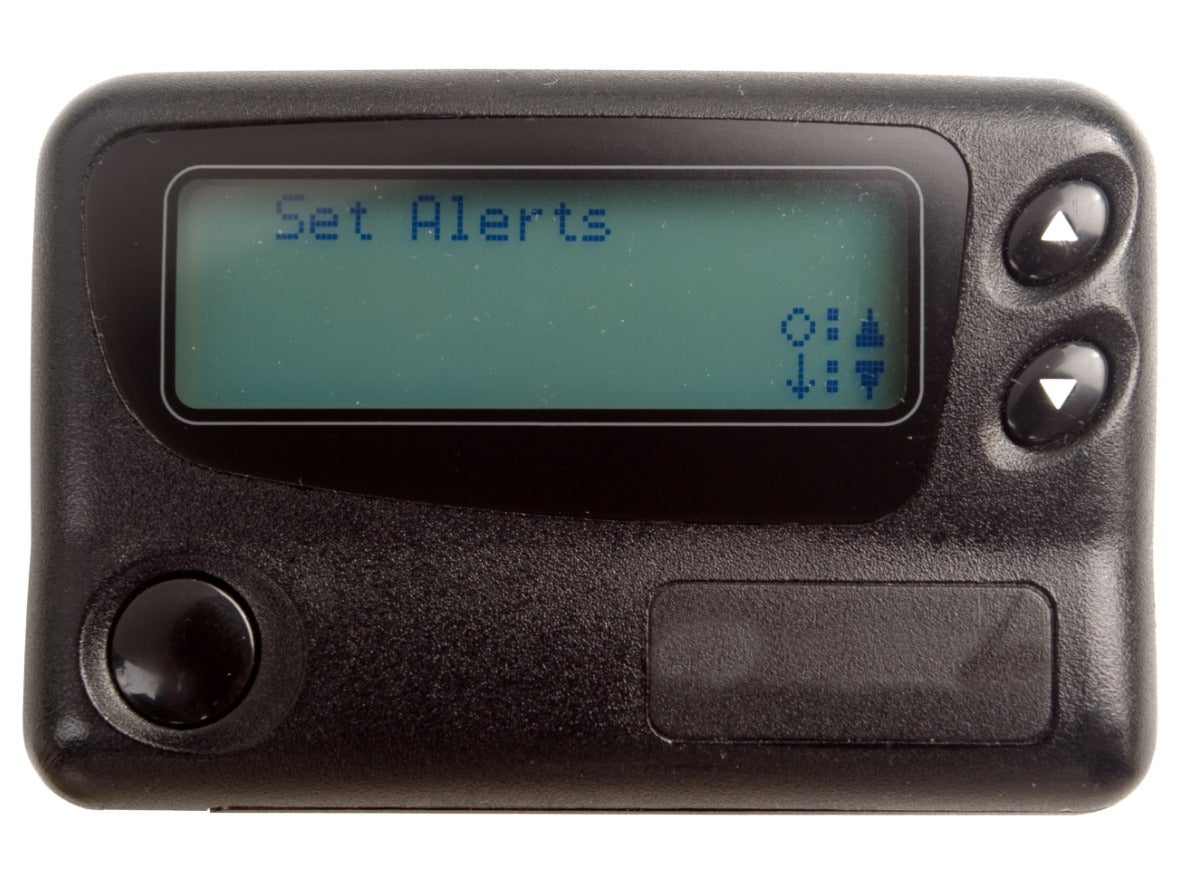
Beepers were to 1994 what our smartphones are to us today. They felt like the lifeline that allowed people to reach you no matter where you were. But, unlike cellphones, they only beeped an alert through a bulky pocket design, plus beeper carriers still had to find a phone and make a call. Once cellphones came into widespread use, beepers went out to pasture.
Pebble
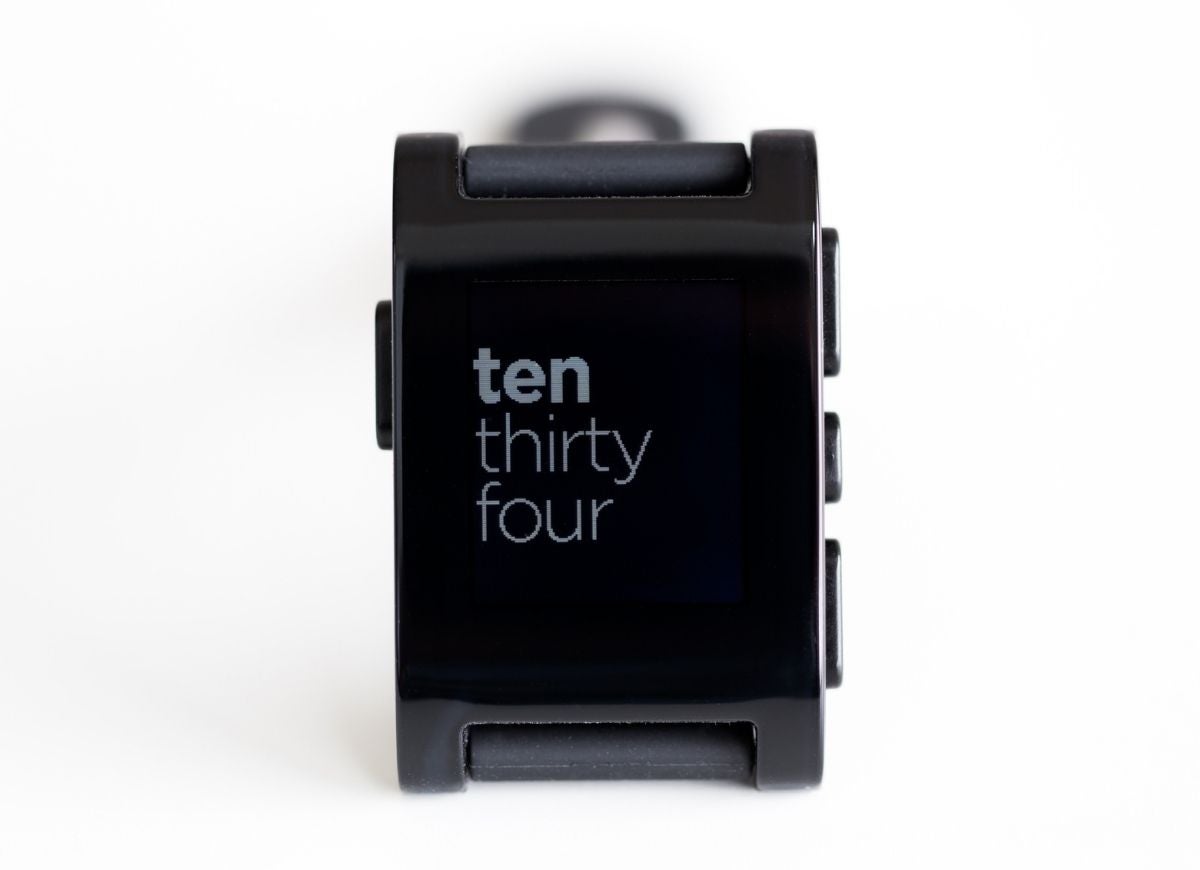
You may attribute smartwatches to Apple, Fitbit, and Samsung, but long before they came to be, Pebble was introducing its smartwatch on Kickstarter, raising more than $10 million in 2012. Once big tech companies caught wind, however, Pebble became too small to survive.
Sega Dreamcast
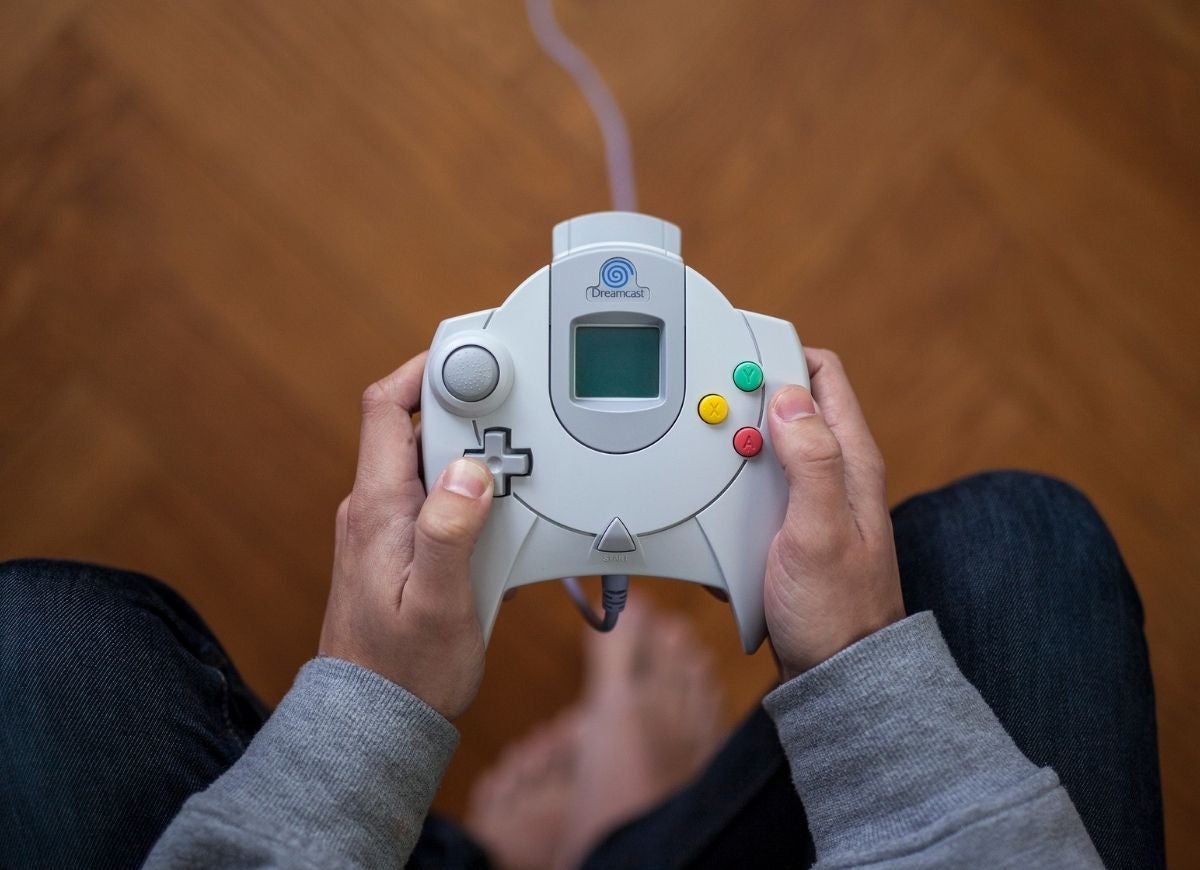
Released by Sega in 1999, the Dreamcast was the first home video game console with online capabilities. It was poised to emerge as the leader among competitors such as PlayStation 2, Xbox, and Nintendo GameCube, however, it was perhaps ahead of its time. Though it sold $10 million worth of product in its first year, by 2001, Sega Dreamcast was discontinued.
Nextel
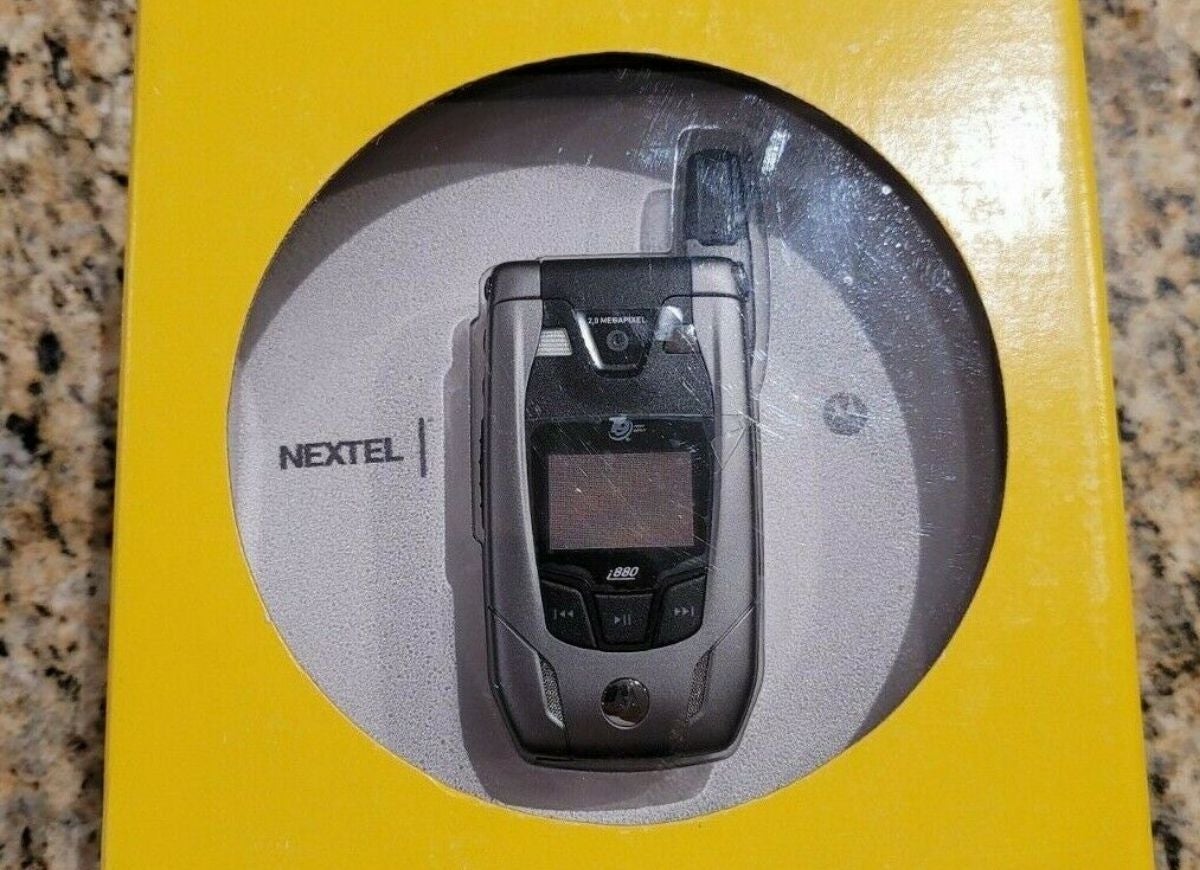
Despite the allure of advancements in technology, Nextel combined the old with the new, and people oddly latched onto the idea. Part cellphone, part walkie-talkie, Nextel became so popular that, through its merger with Sprint, the device had more than 20 million people operating on its service in 2005 alone. But by 2013, Nextel’s iDEN network shuddered, leaving it up to Sprint to offer its own push-to-talk phone called the Sprint Direct Connect.
Related: 18 House Functions You Didn’t Know You Could Control from Your Phone
Zip Drives
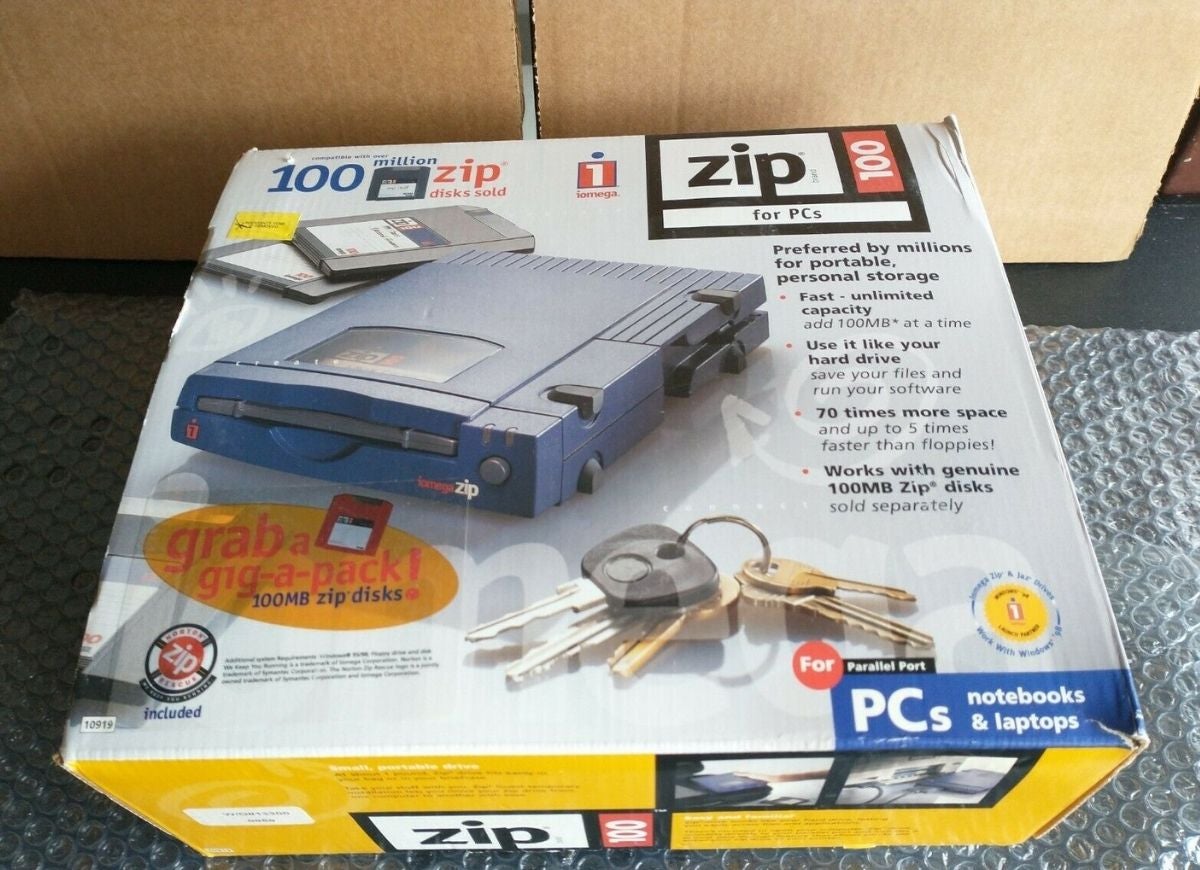
Zip drives replaced the ever-popular floppy disk to provide people even more storage through a slim design. Introduced in 1994, Zip drives eventually faded from the techy spotlight in the early 2000s in favor of writable CDs and USB flash drives.
Napster
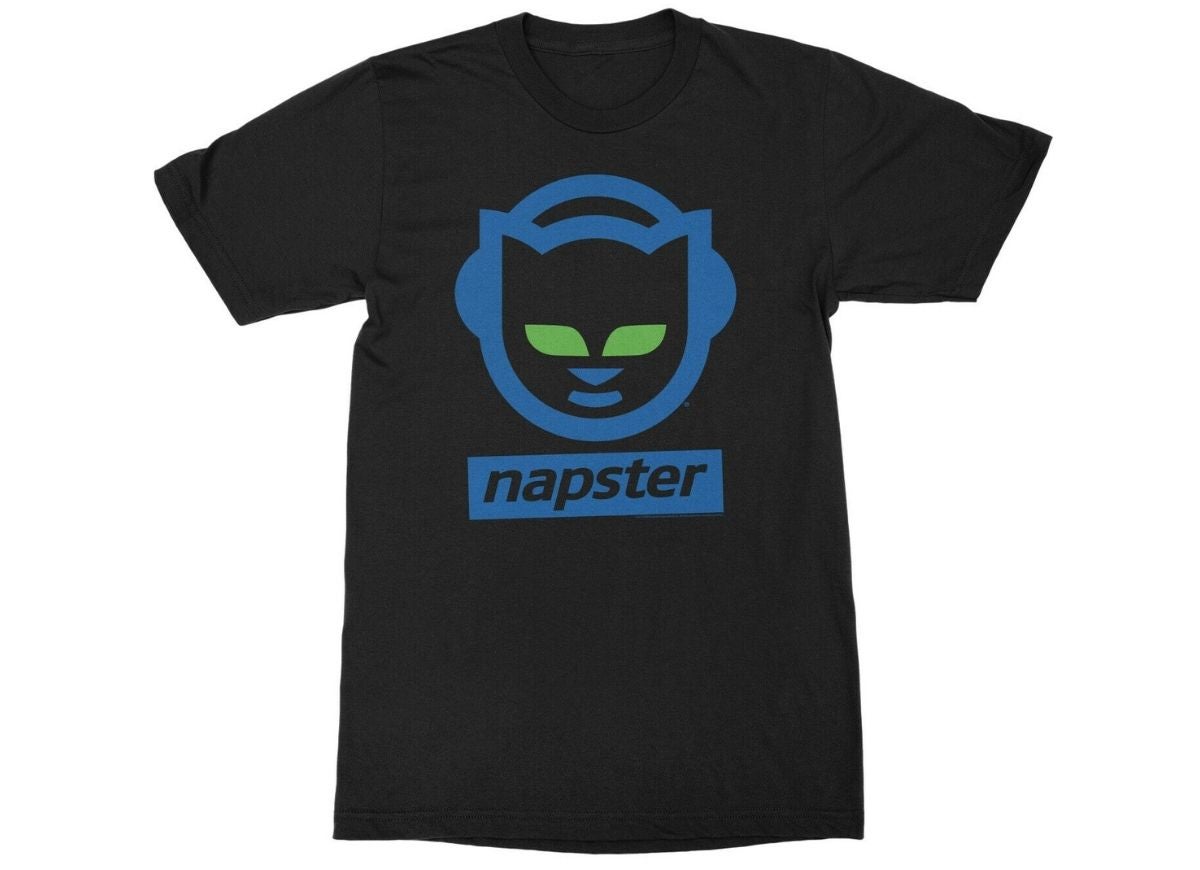
Prior to iTunes (now Apple Music), Pandora, Spotify, and Amazon Music, Napster was the name to know. The brand is largely considered the pioneer of digital music. The file-sharing service was created by two teenagers in 1999, reaching 70 million users globally at its height. Eventually, a federal judge in San Francisco shut down the popular website, calling it “wholesale infringement” against music industry copyrights.
Myspace

Founded in 2003, Myspace offered an organized platform for people to share their personal pictures and music, connect with friends, and more. By 2006, Myspace had surpassed Google as the most visited website. Its success was short-lived, though. By 2009, Facebook had more users than Myspace.
Google Glass

There have been a lot of “smart” products on the market: smartphones, smartwatches, and smart TVs. There also were smart glasses, but the idea never stuck. Google Glass offered a hands-free format for viewing information similar to that appearing on a smartphone. The optical head-mounted display was released in 2013 for $1,500, but was discontinued by 2015 due to concerns about privacy.
Bluetooth Earpiece
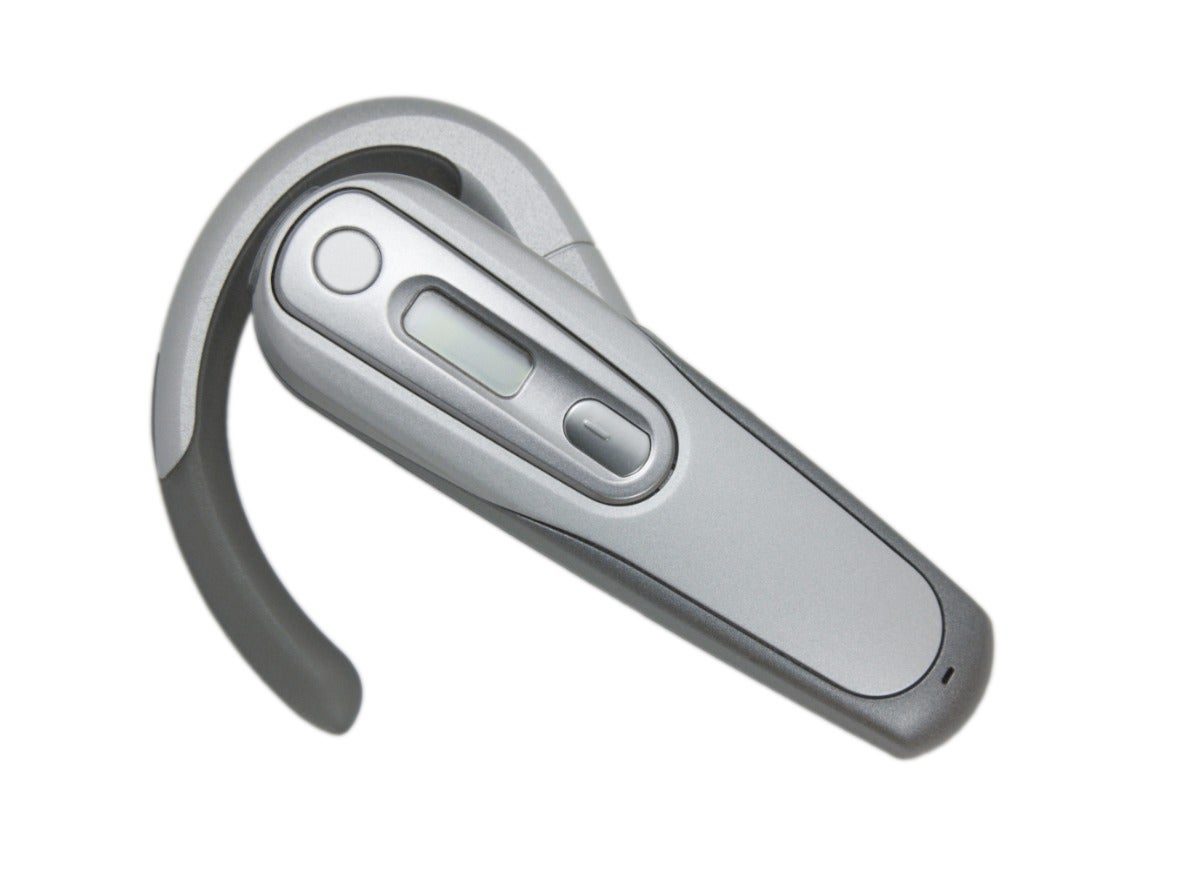
First shipped in 2000, the original Bluetooth headset was marketed as a high-tech device that allowed users to go hands-free while talking on their cell phones. With laws implemented in several states that prohibited hands-on cell phone use in 2008, the earpiece became a big hit. Eventually, sleeker designs in the form of wired and wireless headphones, along with built-in Bluetooth features in vehicles, replaced the bulkier, one-dimensional earpiece.
TomTom

In 2000, when the Clinton administration removed military-use signal restrictions, consumers discovered a much more efficient world of getting around. Scrambling around with a physical road map was replaced with GPS technology, and TomTom led the way. Released in 2002, the navigation system sold a record 4.2 million devices by 2007. The introduction of smartphones and navigation apps caused TomTom revenues to plummet by 2009.
3-D TVs

Long before the allure of 4K, HDR, and OLED, 3-D TVs were all the rage. From 2004 to 2014, people donned 3-D glasses and relished in a technology they’d never witnessed in the comfort of their homes before. But the fad was short-lived, and by 2016, 3-D TVs were dust in the wind.
